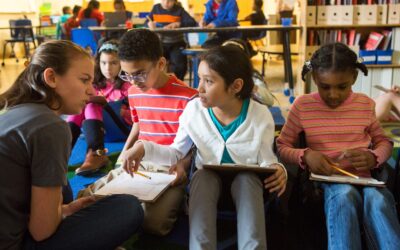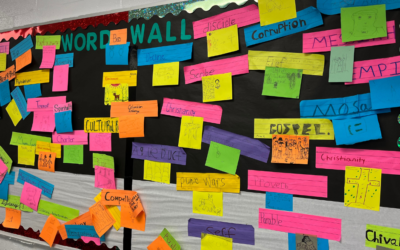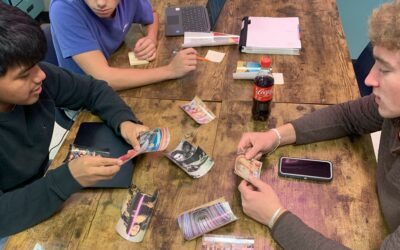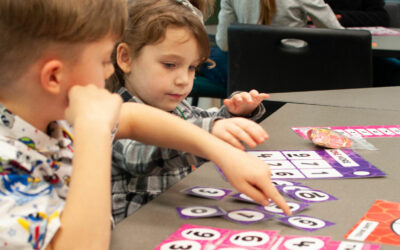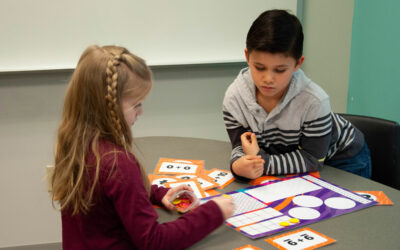A search on the internet for “CUBES math strategy” yields about 36 million results. Seeing a bright, cheery, and colorful CUBES poster on display in mathematics classrooms is a typical occurrence. Elementary and middle school mathematics teachers who are familiar with...
Blog
Nurturing Minds: Strategies for Vocabulary Development in Middle and High School Classrooms
Vocabulary Development is the foundation upon which students build their understanding of various subjects, enabling them to express themselves articulately and engage with complex concepts. In content classrooms, where subjects like science, social studies, and mathematics demand specialized terminology, Vocabulary Development becomes even more critical.
Scaffolding Instruction to Help Multilingual Learners in the Classroom – Video Series Introduction
As the number of multilingual learners (MLs) in classrooms continues to increase, teachers in all disciplines must be prepared to meet their needs as part of regular, core instruction. Federal law dictates that MLs have equitable access to grade-level standards, and...
The Importance of Procedural Fluency in Mathematics
Procedural fluency is the ability to perform mathematical procedures accurately, efficiently, and flexibly, and is fundamental for success in mathematics.
The Power of Precision: Enhancing Learning in K-12 Mathematics Through Precise Language
The importance of using and inviting students to use precise academic vocabulary.
Parent and Family Engagement: Fostering a Strong Start
How is your school district currently fostering parent and family engagement at the preschool level? The Collaborative for Teaching and Learning (CTL) is positioned to support your district with professional development regarding parent and family engagement...
Creating a Culture of Feedback to Promote Lifelong Learners
When feedback occurs routinely, students feel safe to take risks, think more deeply about what they’re learning, and eventually become self-regulated learners.

